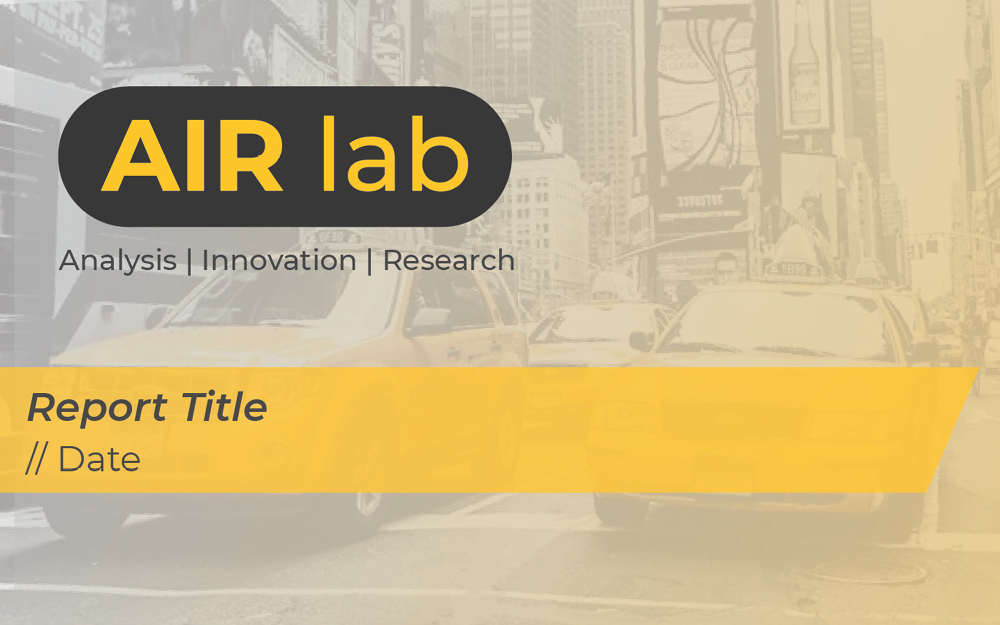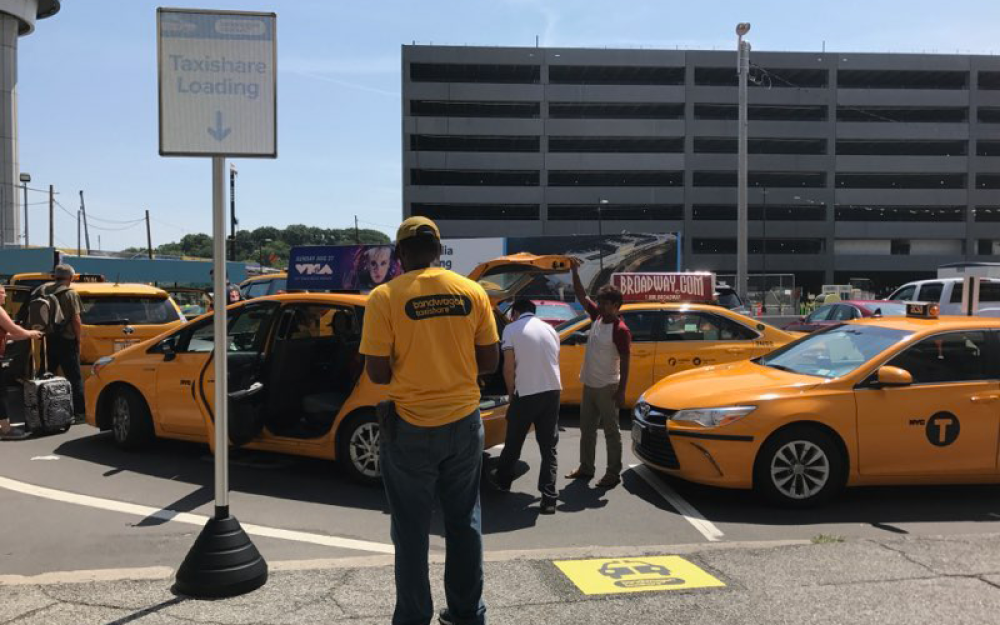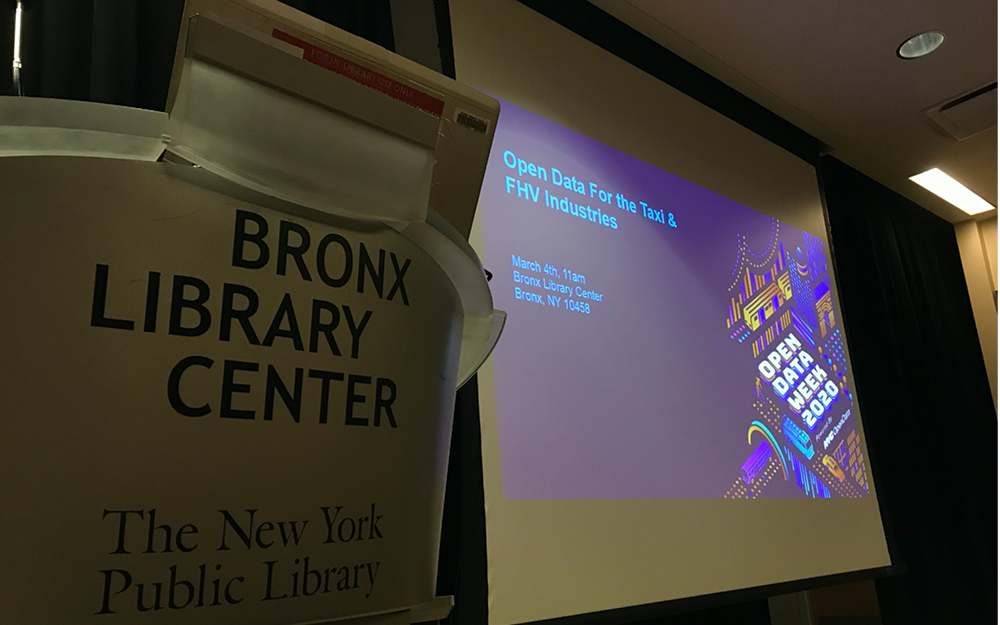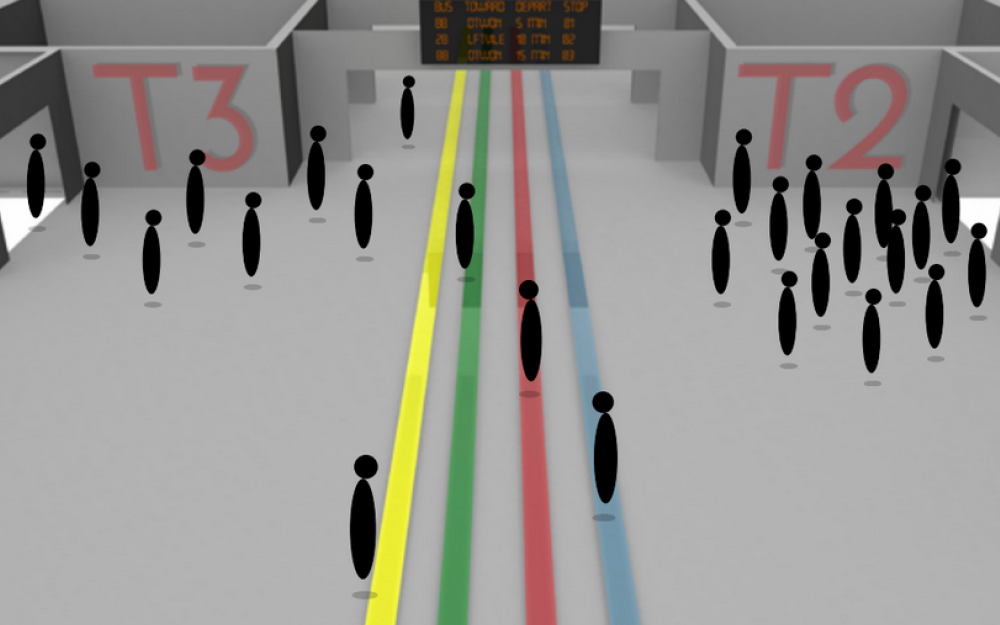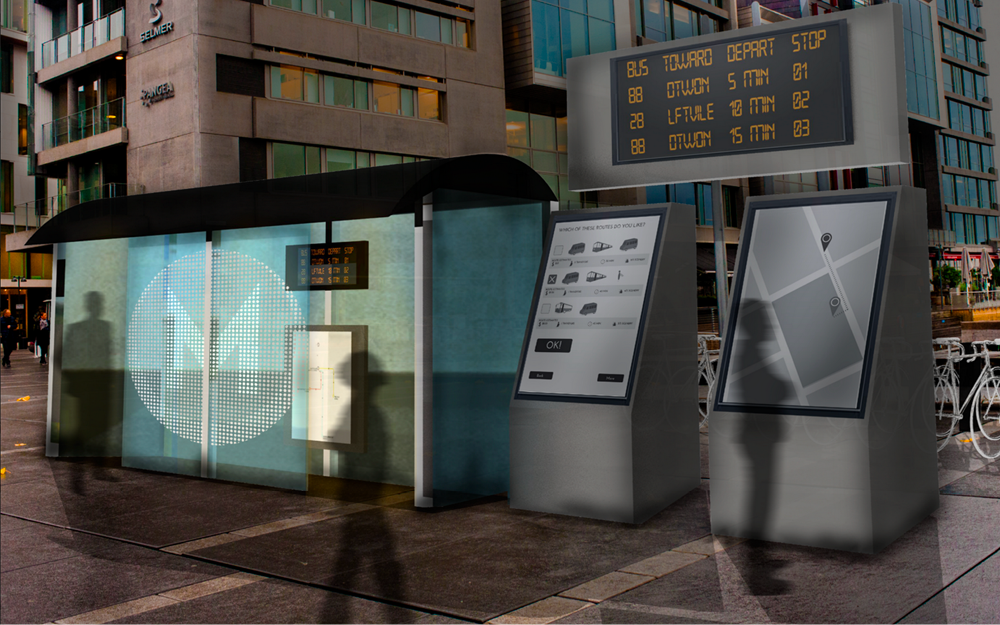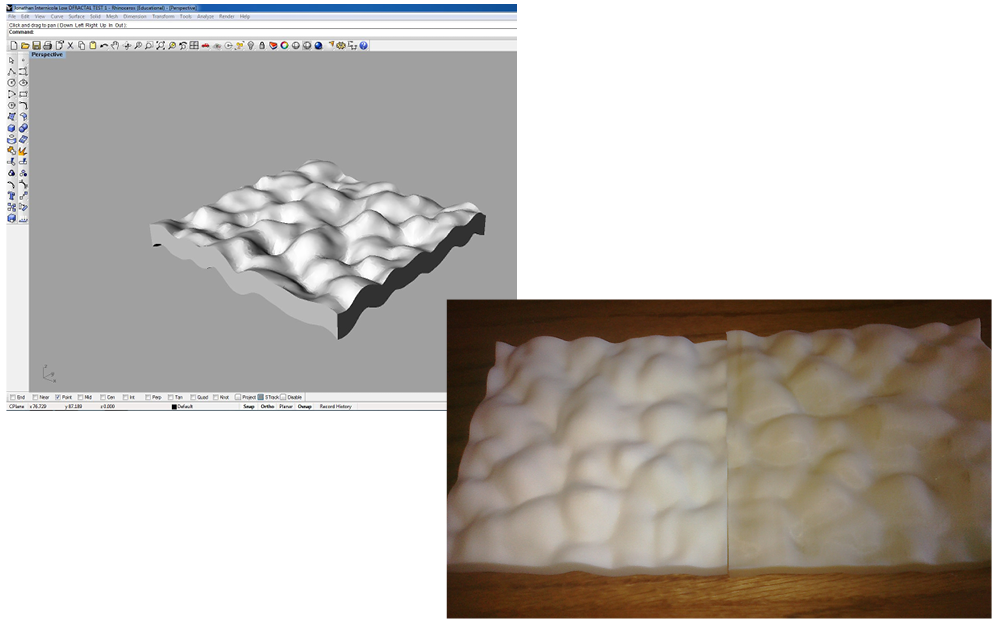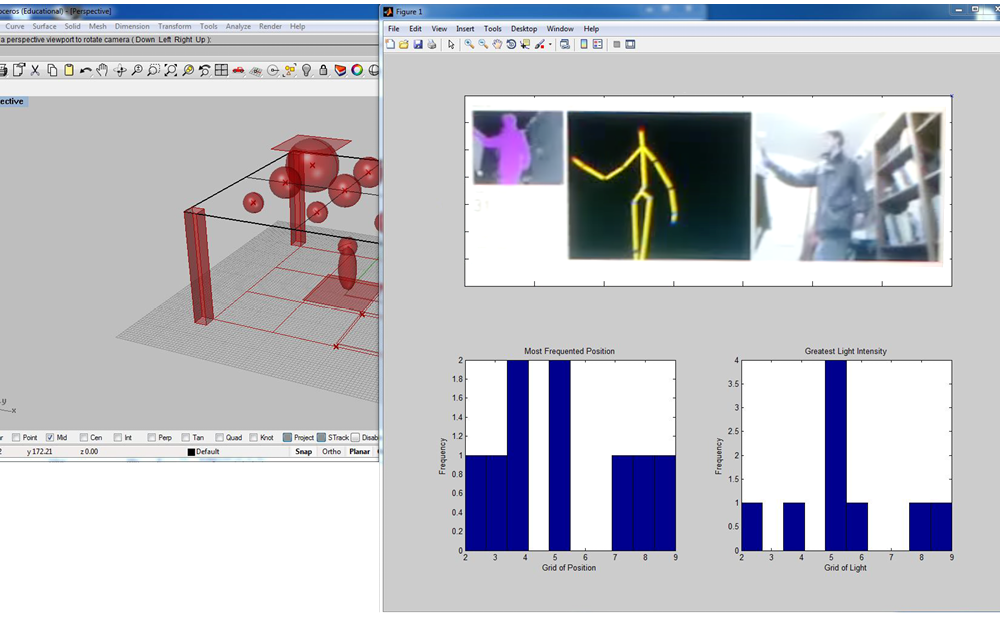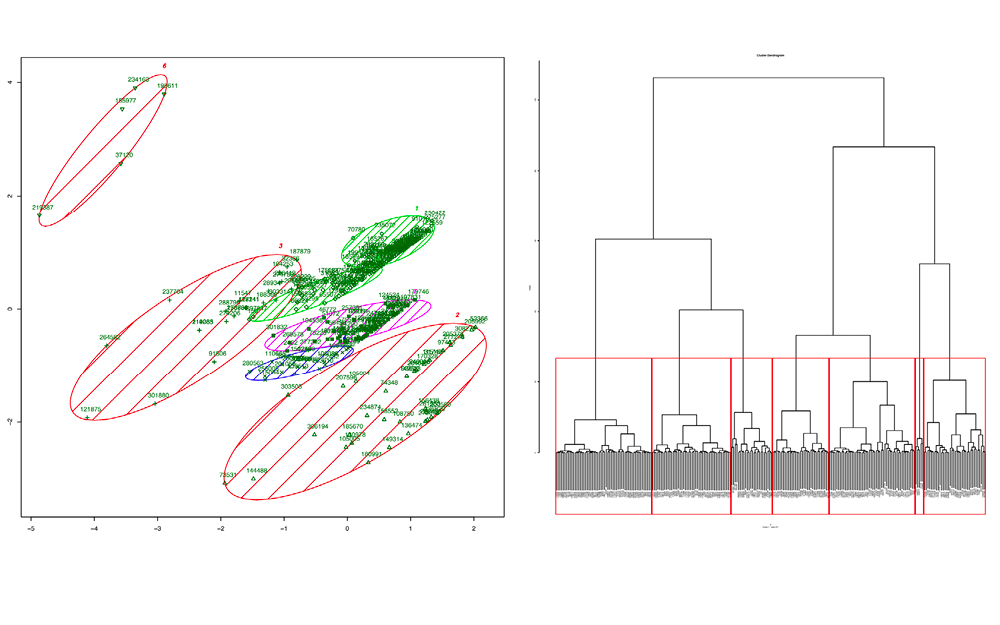Behavioral Research

Overview
While design is my primary tool for bringing ideas to life, behavioral research is my primary mechanism for understanding what to design. It is for that reason that I not only continuously explore new quantitative and qualitative techniques, but also take on various side projects so that I can better understand human behavior. Here are a few examples of the research projects I have explored in the past.
Areas of Research:
Design Psychology
I’m fascinated by how digital and physical design is perceived by our senses and impacts our emotions and behavior. I’m particularly interested in how unobtrusive design elements can be leveraged to modify emotions. For example, one of my first studies explored how subtle texture and material changes could lead to increased objective and subjective measures of relaxation.
Spatial Navigation & Decision-Making
I study how environmental stimuli impact wayfinding and decision-making. This research has been very enjoyable as it has enabled me to learn about how to best utilize a variety of sensors to study both what is going on inside individuals' heads as well as track how they move through space.
Mobility Consumer Research
My graduate work largely focused on learning qualitative and quantitative research methods to study how consumers of mobility services made decisions about the offerings that they utilized. This work has since been extended to my broader mobility research work.
